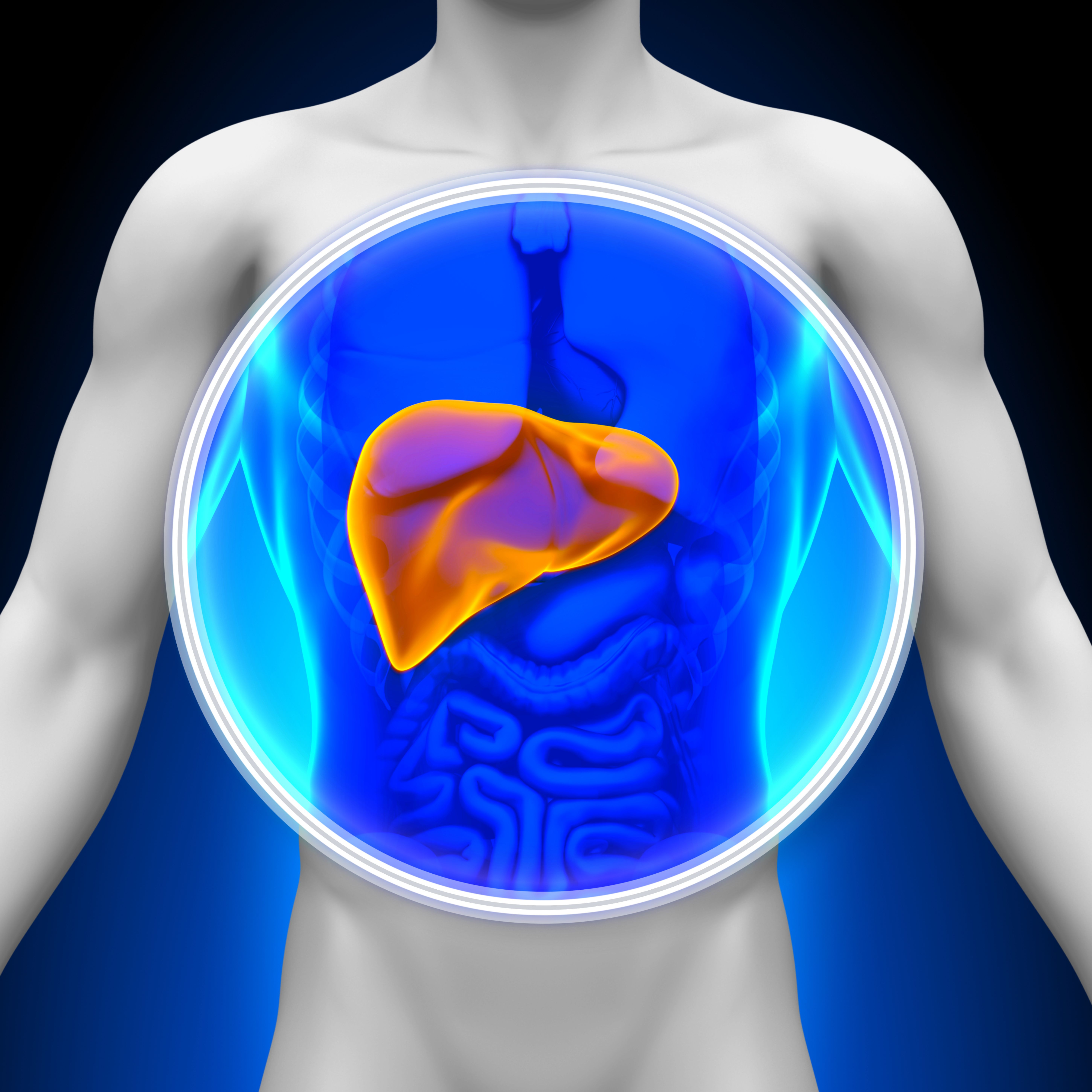Single-Fraction Radiotherapy Improves Pain in Hepatic Cancer
Data from CCTG HE1 also show a numerical improvement an in overall survival with added radiotherapy over best supportive care alone.
"The outcomes of this randomized trial could be particularly relevant for patients in low-income and middle-income countries where hepatocellular carcinoma is endemic and expensive cancer therapies or analgesics might not be accessible," according to the study authors.

The combination of single-fraction radiotherapy plus best supportive care improved pain symptoms compared with best supportive care alone in patients with hepatic cancer, and may be considered a standard palliative treatment, according to findings from the phase 3 CCTG HE1 trial (NCT02511522) published in Lancet Oncology.
The primary analysis evaluated 42 patients who completed assessments at baseline and 1 month, consisting of 24 (73%) of the 33 patients who received radiotherapy plus best supportive care and 18 (55%) of 33 patients who received best supportive care alone. Sixteen (67%) of patients in the radiotherapy plus best supportive care arm and 4 (22%) patients in the best supportive care arm had an improvement of at least 2 points in the worst pain intensity score on the Brief Pain Inventory (BPI) questionnaire, correlating with an absolute difference of 44.4% (95% CI, 17.5%-71.4%; P = .0042). Additionally, patients in the radiotherapy group had a reduction in their opioid requirements; a difference of a median -6.25 morphine mg equivalents per day. In the best supportive care alone group, patients had a median increase of 34 morphine mg equivalents per day.
For patients who received radiotherapy plus best supportive care, the 3-month overall survival (OS) rate was 51% (95% CI, 33%–67%) vs 33% (95% CI, 18%-49%) in patients who received best supportive care alone (HR, 0.56; 95% CI, 0.30-1.05; P = .068). In the subgroup analysis, the OS hazard ratio was 0.34 (95% CI, 0.11-1.12) in patients with hepatocellular carcinoma.
In the sensitivity analysis of pain improvement, 16 (48%) of 33 patients who received radiotherapy plus best supportive care and 4 (12%) of 33 patients who received best supportive care alone had improvement in worst pain intensity on the BPI questionnaire. A post-hoc analysis that adjusted for baseline ECOG performance status, cancer type, and time from cancer diagnosis to randomization was consistent with improved outcomes in terms of the primary end point of pain improvement (adjusted odds ratio 8.3; 95% CI, 1.76– 39.0; P = .0074) and OS (HR 0.57; 95% CI, 0.30–1.08; P = .086).
“The outcomes of this randomized trial could be particularly relevant for patients in low-income and middle-income countries [LMICs] where hepatocellular carcinoma is endemic and expensive cancer therapies or analgesics might not be accessible,” Laura A. Dawson, MD, FRCPC, a clinician scientist at Princess Margaret Cancer Centre and a professor in the Department of Radiation Oncology at the University of Toronto, and colleagues wrote in the publication. “Whole liver radiotherapy is a low-cost, simple, non-invasive intervention that can be planned and delivered within a few hours. Further trials that include cost-effectiveness analysis are warranted in LMICs to further evaluate radiotherapy in this setting.”
Between July 25, 2015, and June 2, 2022, 66 patients were evenly stratified to receive either radiotherapy plus best supportive care or best supportive care alone; patients had a median age of 65 years (IQR, 57-72). Of the 66 patients, 37 (56%) were male, and 29 (44%) were female. Forty-three (65%) had liver metastases, and 23 (35%) had hepatocellular carcinoma.
At data cutoff on September 8, 2022, median follow-up was 3.2 months (95%, CI 3.0-3.4). For patients who received radiotherapy, treatment was delivered to the whole or near whole liver. After one month, 11 (33%) of the 33 patients receiving best supportive care alone crossed over to receive added radiotherapy.
In the first month following randomization, grade 2 or higher adverse effects (AEs) were reported in 19 (58%) of 33 patients who received radiotherapy plus best supportive care and 11 (33%) of 33 patients who received best supportive care alone. At 1 to 3 months following randomization, 8 patients who received radiotherapy plus best supportive care and 5 patients who received best supportive care alone reported grade 2 or higher AEs.
Because patients in this study did not receive systemic therapy, study authors noted that evaluating the tolerability of large-volume liver radiotherapy in the context of systemic therapy is a potential research avenue in the future. In addition, the lower hazard ratio for overall survival at 3 months seen in patients with hepatocellular carcinoma compared with liver metastases provides incentive for future research on palliative radiotherapy in that treatment space.
Reference
Dawson LA, Ringash J, Fairchild A, et al. Palliative radiotherapy versus best supportive care in patients with painful hepatic cancer (CCTG HE1): a multicentre, open-label, randomised, controlled, phase 3 study. Lancet Oncol. Published online September 5, 2024. doi:10.1016/S1470-2045(24)00438-8
Newsletter
Stay up to date on recent advances in the multidisciplinary approach to cancer.
Elevating the Quality of Cancer Care via Cross-Department Collaboration
Experts from Sibley Memorial Hospital discuss how multidisciplinary work has enhanced outcomes such as survival and resource use at their institution.